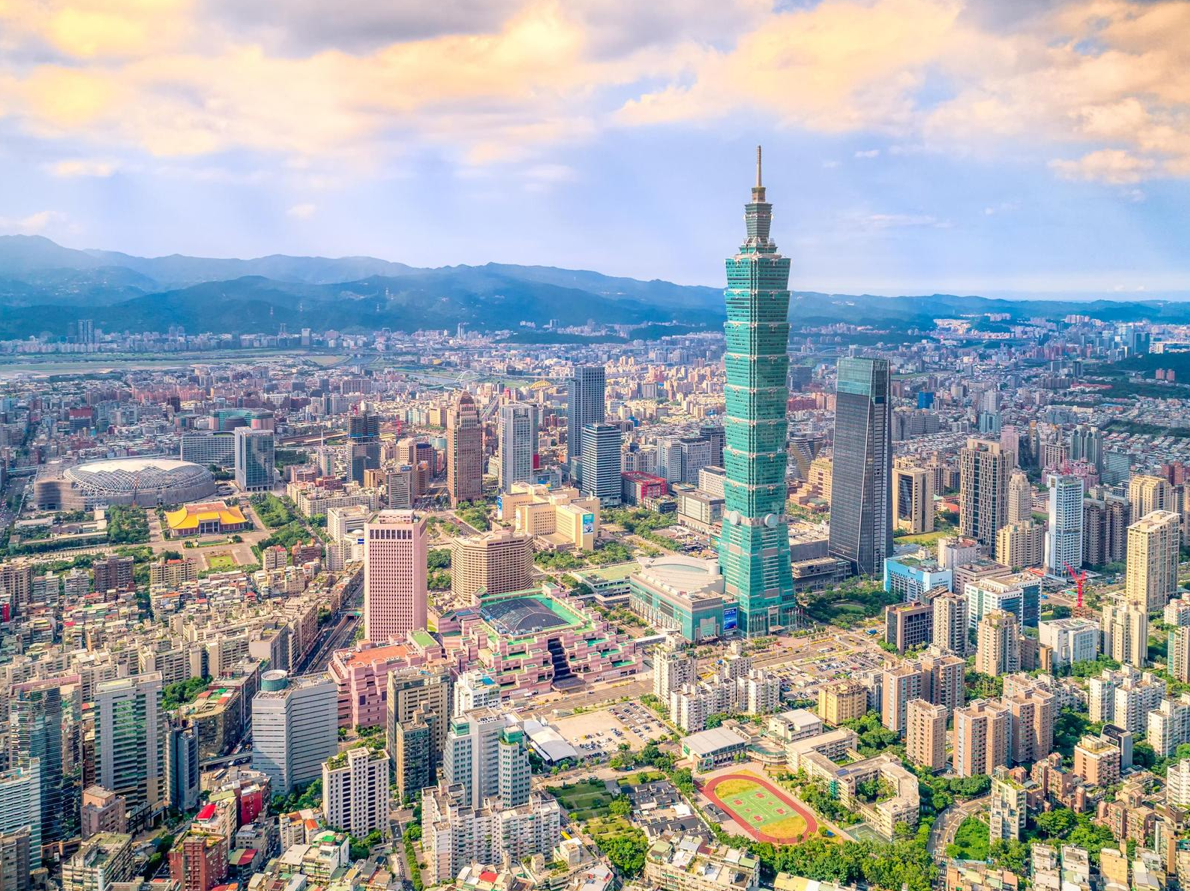While technology has had a transforming impact on tourism, its uptake vary across different operators. While the large and financially strong enterprises are rapidly adopting and leveraging the benefits of technology, the traditional micro and small businesses are yet to adapt to the change. Nikitesh Joshi, Delivery Director, ATCS India, shares his perspective.
The tourism industry is slowly reviving from the screeching halt imposed by the outbreak of COVID-19. The government has been trying to pull the segment by announcing several relief packages. It has announced that it would provide financial support to more than 11,000 registered tourist guides/travel and tourism stakeholders across the country. This package would give financial stability to small and medium-sized travel agents and tour operators. However, they would continue to face challenges as the segment is grappling with the adoption of emerging technologies.
While the application of digital technologies has been transforming our lives, it is changing work, travel and business patterns worldwide. The tourism sector is no exception; technology has had a transforming impact on it. However, the scope and uptake of digital technologies vary across different operators. While the large and financially strong enterprises are rapidly adopting and leveraging the benefits of technology, the traditional micro and small businesses are yet to adapt to the change. The SMEs face an uneven playing field heightened by the growing gap between them and the tech-driven and globally connected tourism businesses.
Challenges SMEs face
SMEs and traditional tour operators are unable to progress rapidly. Some primary challenges faced by the SMEs are demand-supply disequilibrium, lack of skilled human resources and frequent changes in policy guidelines. The travel and tourism sector is turning digital rapidly; the customer no longer consults his nearest tour and travel operator to plan his trip. They try to find the solution digitally! Scouting through different websites and applications, they finalise their destination, the packages and the other itinerary. Small and medium tour and travel operators have limited or no digital presence, and hence, they can’t cater to this demand and lag behind.
The small and medium operators are generally family-run businesses that operate traditionally. They employ local human resources that lack the skills required to upgrade the business digitally. Another hindrance that prevents small operators is the rapidly changing policy guidelines. With their digital handicap, they cannot educate their consumers about the developments, and hence, lose business.
Technology solutions that can pave way
Digital marketing and e-commerce can facilitate the local tour operators in spreading their reach. They can capture new markets, engage customers and build a brand for their business. While building a dedicated website or application might be too much to ask for from a small and medium tour operator, they can explore the possibility of tie-ups with travel aggregators who can display their services on their websites.
With the penetration of the internet in the remotest location of the country, small tour operators can use social media channels to promote their service with no (or limited) costs involved. They can get in an agreement with travel aggregators to expand their reach. Further, they can accept digital payment methods instead of the traditional cash payment model.
While these technologies facilitate market access and awareness, develop reach and help with financial transactions, they are less effective in improving productivity or variation in a highly competitive global marketplace. Innovative technologies (e.g. augmented reality, geo-tagging) and productivity-enhancing technologies (e.g. cloud computing, data analytics, revenue management software) can help small businesses scale up their operations and match the standard of services offered by travel corporations.
Productivity-enhancing technologies have not been a popular choice in the tourism industry. However, these technologies can help in understanding and developing market trends. Revenue management software can help small businesses in remodelling the financial structure of their organisation. The tour operators can prioritise necessary costs while ignoring unnecessary expenses that have been incurred traditionally.
Travellers always wanted to explore the unexplored and feel the adrenaline rush that is missing in their lives. Innovative technologies facilitate that experience. Tour operators can use these advancements in generating, customising and delivering new visitor products, services and experiences that will continue to attract customers.
SME tour operators need to upskill themselves and upgrade their services based on the insights gathered with the help of new technologies to emerge out of the shadow of large enterprises that are eating away their businesses. While this is easier said than done, the process must start now to make the most of the supportive government initiatives and the renewed interest of travellers.
BLURB
The SMEs face an uneven playing field heightened by the growing gap between them and the tech-driven and globally connected tourism businesses.
 TravTalk India Online Magazine
TravTalk India Online Magazine





